Sustainable Homes vs. Ordinary Homes
Here is an ordinary home in one of the districts of the capital of Ukraine. It is an apartment complex called DA. But it only looks ordinary. In reality, it is one of the first sustainable homes which means that it is energy-efficient, secure, and cost-effective as well.
In other words, sustainable homes have positive environmental, social, and economic impacts ( planet, people, profit sustainability formula.)
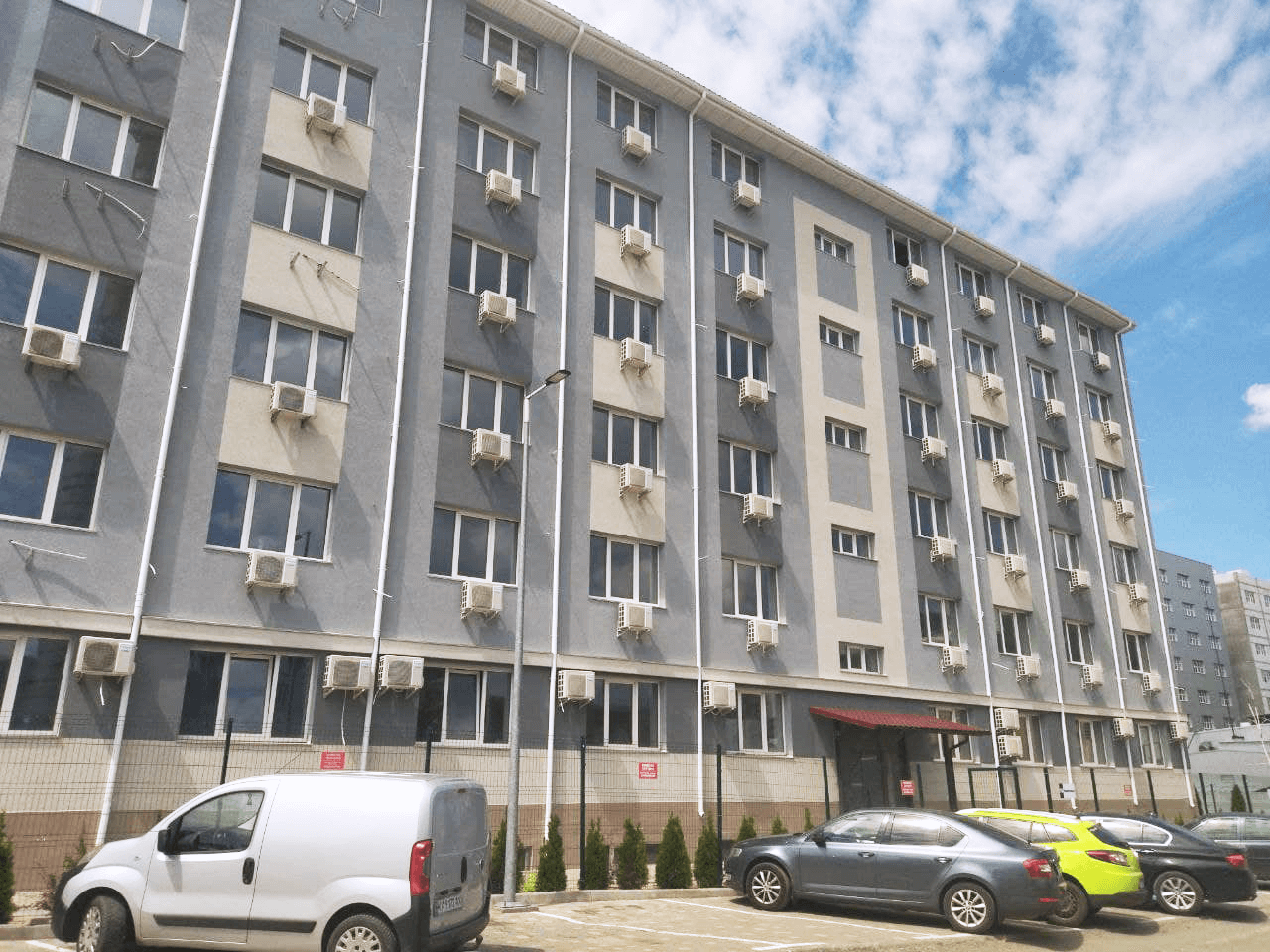
There are many innovations for the sake of innovation, but sustainable homes are the opposite of this concept: they create measurable value. The reason is simple: sustainable homes help to decrease the consumption of resources, provide tenants/landlords with safety and security, and allow them to save money.
And the IoT solution for landlords that we have installed in 400 smart apartments in Kyiv, is a bright example of meeting these three goals.
What is a smart/sustainable home for landlords and tenants? It is most reasonable to explain it with a simple formula that everyone can understand.
Smart Meters + IoT sensors + Data Visualization = Sustainable Buildings
Let’s take a closer look at each of these elements. After all, UNDP states that “sustainable development cannot be achieved without significantly transforming the way we build and manage our urban spaces.” That is why to move ahead we need to start from small steps and make our homes smarter.
Smart Meters: Optimization of Resources Consumption
Optimization of resource consumption is how we, as a digital transformation consulting company, can invest in sustainable goal achievement. And when it comes to resource optimization, we would like to speak about smart meters. Smart meters will sooner or later be installed in every house on the planet. For instance, the British government is introducing a global Smart Energy System initiative to save £650m.
We have installed a smart meter for water and another one for electricity in sustainable houses for 400 apartments. It is difficult to predict the actual savings at the moment, but one benefit of smart meters is observable today already. There is no need for manual reading of meters so that landlords and utility companies can receive all the information they need remotely.
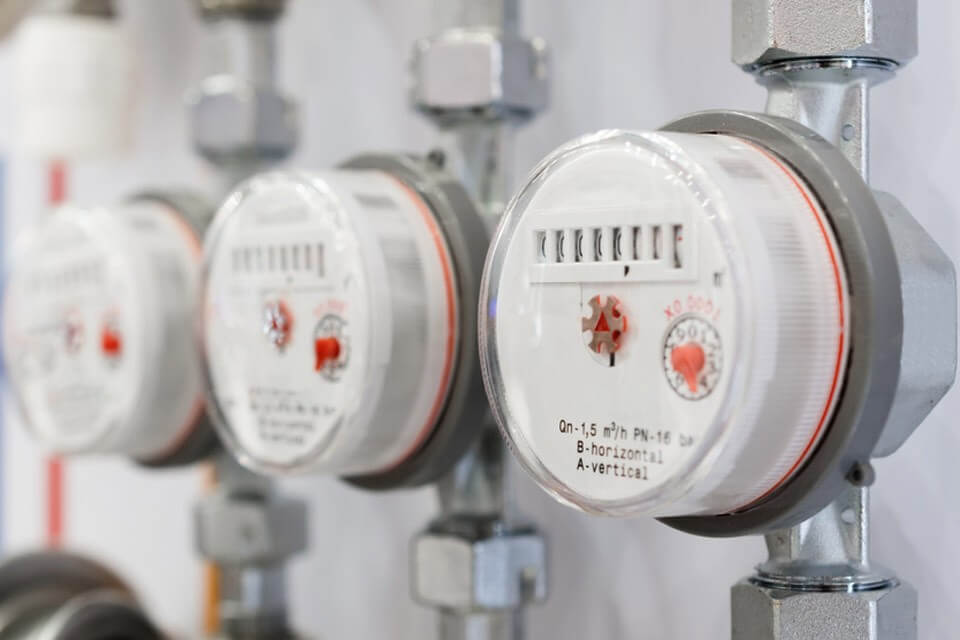
Smart meters are similar to familiar utility meters. However, they are also created for reading, accumulating, and storing information in real time, warning about energy losses, and even monitoring the quality of utility resources. A distinctive feature of smart meters are microcontrollers with autonomous power supply for 5-10 years and radio channels used to transmit information both unidirectional and bidirectional via the Internet and other ways.
Electricity & water smart meters have a pulse output that sends the information to the smart home application. This is a more outdated version of meters which only send yes/no signals after some amount of electricity and water was consumed. Some clients prefer more up-to-date smart meters that require an Internet connection but are capable of sending the data.
In simple words, by using smart meters, it is possible to receive the most accurate information about the consumption of water and electricity and transmit it anywhere using wired or wireless communication.
Benefits of Smart Meters
- No need to read meters manually;
- No estimated bills. With automatic measuring, homeowners do not get bills that count resources approximately;
- The most accurate count and timely data on the mobile app;
- The possibility to correct the consumption patterns on the basis of the received data;
- Higher level of eco awareness.
In the case of the IoT solution for landlords, we used smart meters for water and smart meters for electricity using smart meters.
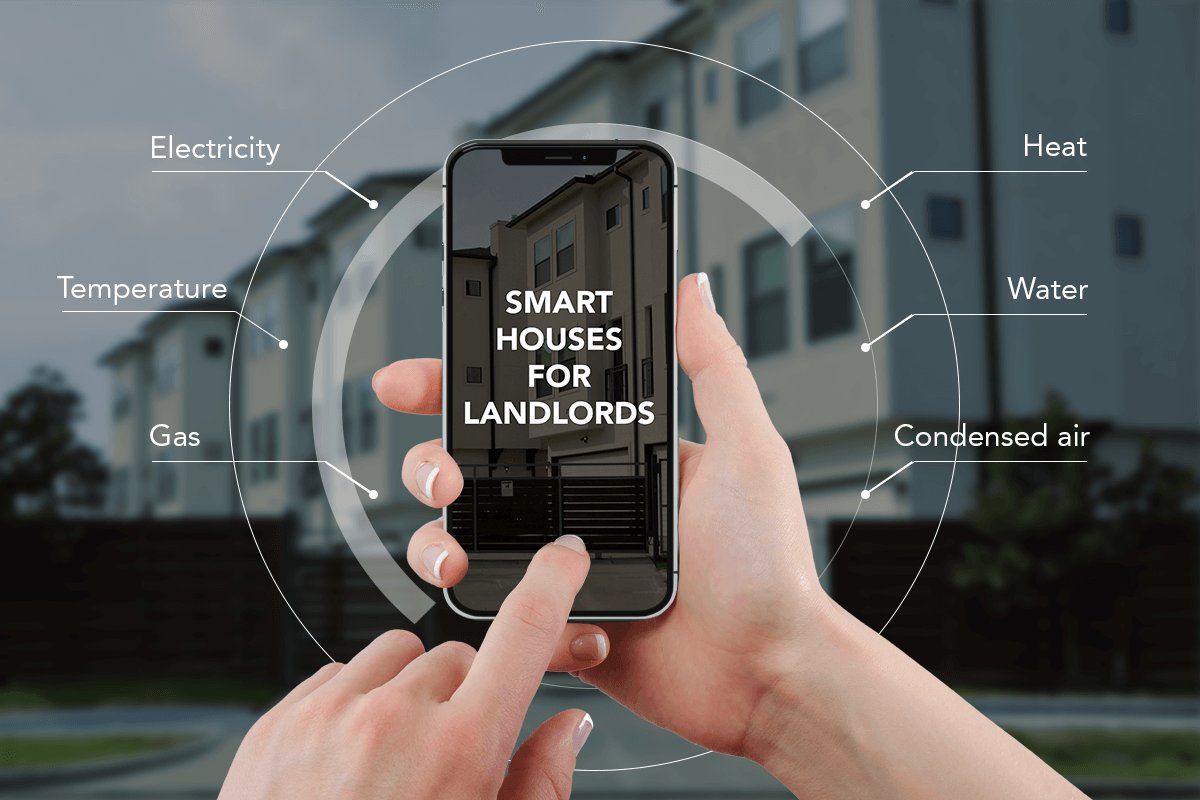
IoT Sensors for Smart Home: Where Does the Data Come From?
IoT sensors that are installed around the house or an office building allow receiving the most up-to-date information about vital environmental parameters. Here are the sensors we have installed as a part of IoT solutions for landlords:
+ Leak detectors. These sensors are located near the sinks, so in case there is even a minimum leak, the information is sent immediately to the smart home users.
Please take a look at the multisensor, which combines several sensors in one: air quality sensor, temperature sensor, motion sensor, noise sensor, and an infrared light-emitting diode for home electronics control.
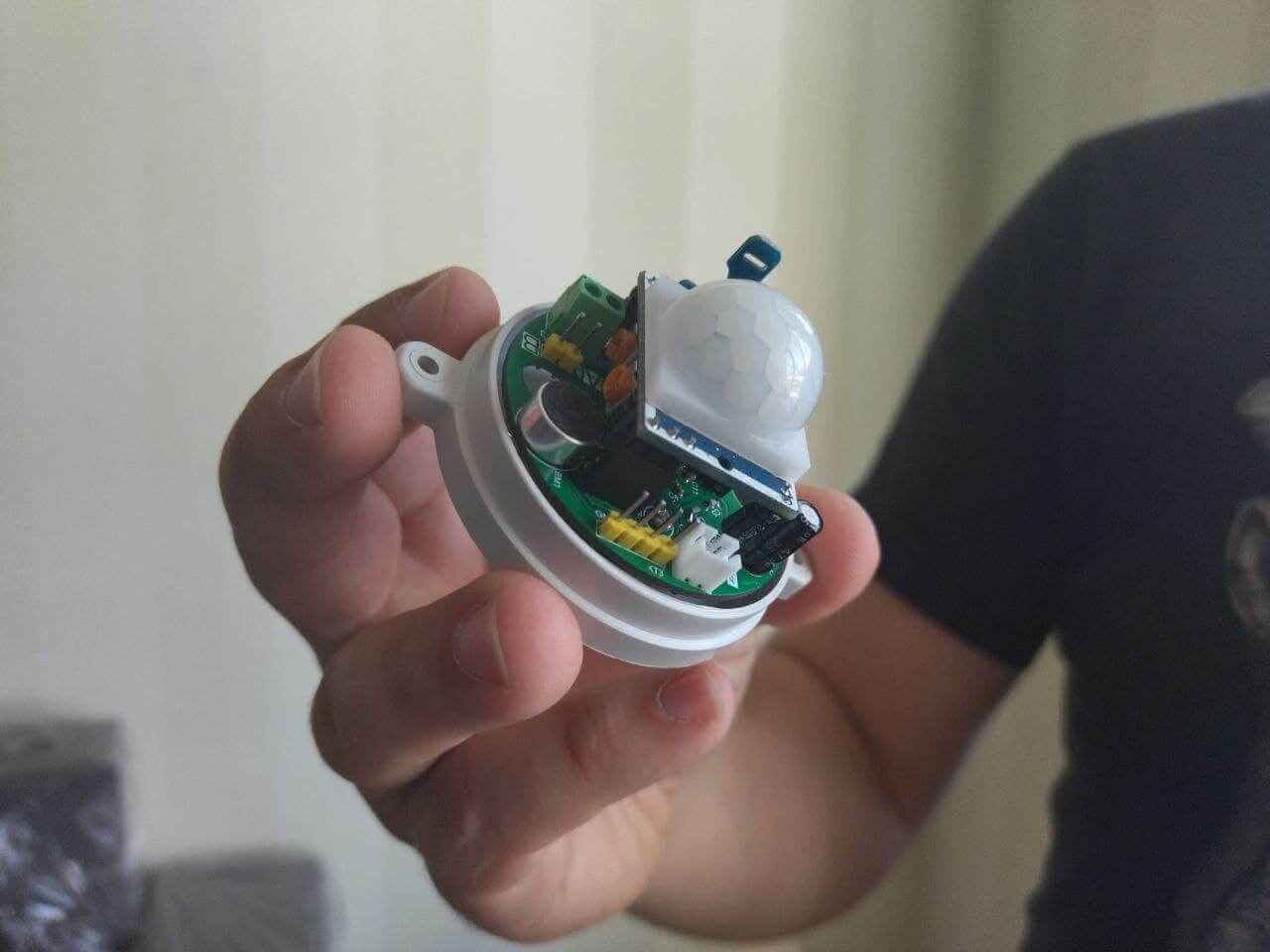
+ Motion sensor. It will provide smart home users with information about the undesired presence at home. For instance, if tenants are on vacation, and the landlord receives the information about some motion in the flat, he/she will have immediately.
+ Noise Sensor. It collects information about the violations of the noise norm of the noise.
+ CO2 sensor. This sensor reports to users about the violation of the CO2 gases norm on the premises via mobile/web application.
+ Temperature sensor. As it is clear from its name, this sensor tracks the temperature level in the apartment, helping to choose the most optimal.
+ Pressure sensor. This sensor monitors the HVAC system and notifies in case there are violations of the norm.
+ Video House Intercom. A house intercom is equipped with a camera so a tenant will see who is visiting him even if he/she is not at home. This option makes it possible for a courier to deliver a package in the absence of the tenant.
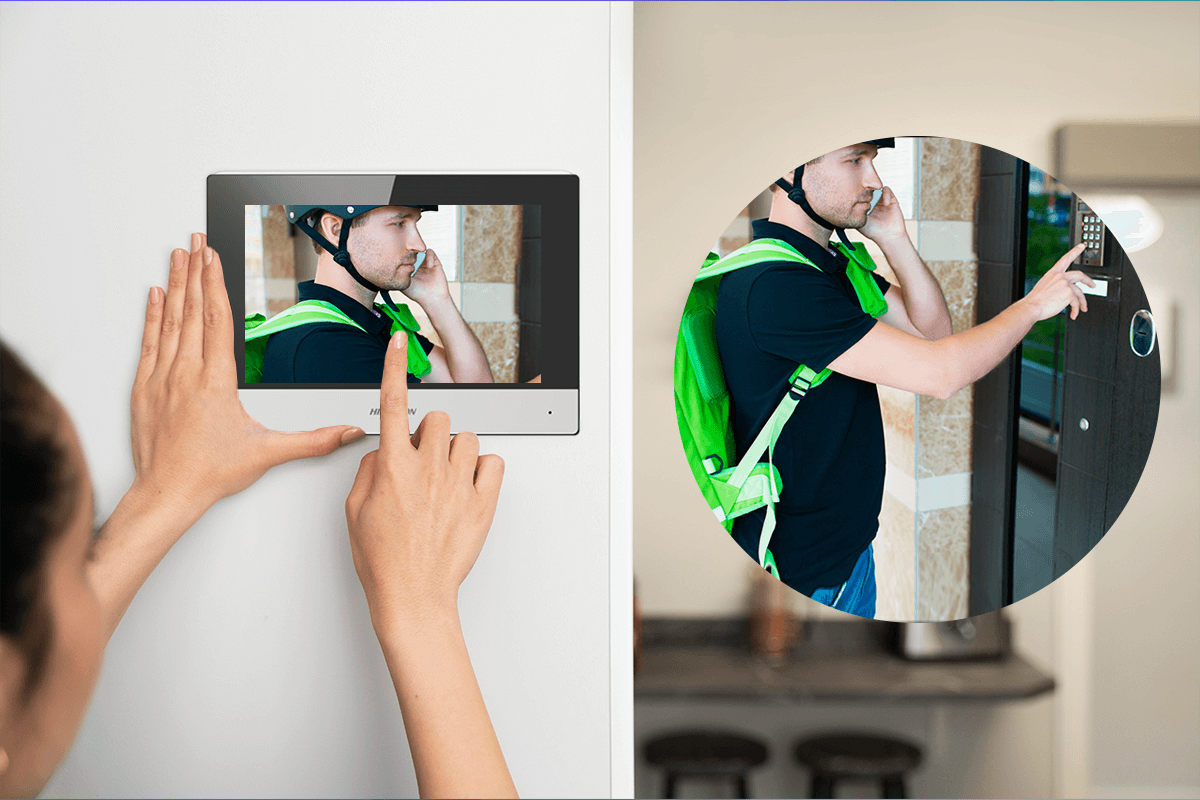
In the case of IoT solutions for landlords and tenants, all these sensors are united into one single open hub, which, in turn, sends this information to the cloud and then to the web/mobile applications of all those who need this information.
It is possible to connect a number of various sensors, including voice assistants, to this open hub. Taking care of the planet is one of the tasks of any business for the sustainable future of the planet. After becoming a UNDP Global Compact partner, the Softengi team made it a top priority.
IoT Analytics: Web & Mobile for Data Visualization
When the data is collected properly and analyzed, it should be sent to the end-user in a comprehensible form. In our case, the end-users are the tenant, the landlord, and the utility company. A tenant and a landlord can receive data in a mobile application. While a utility company will receive it via a web application.
Inside the application, all users can see the information about resource consumption, monitor ongoing situations in the apartment, and, most importantly, receive timely notifications about any problematic issues: leaks, fires, high levels of gas emission, and intrusion. Users can also control their apartments remotely from a mobile/web app.
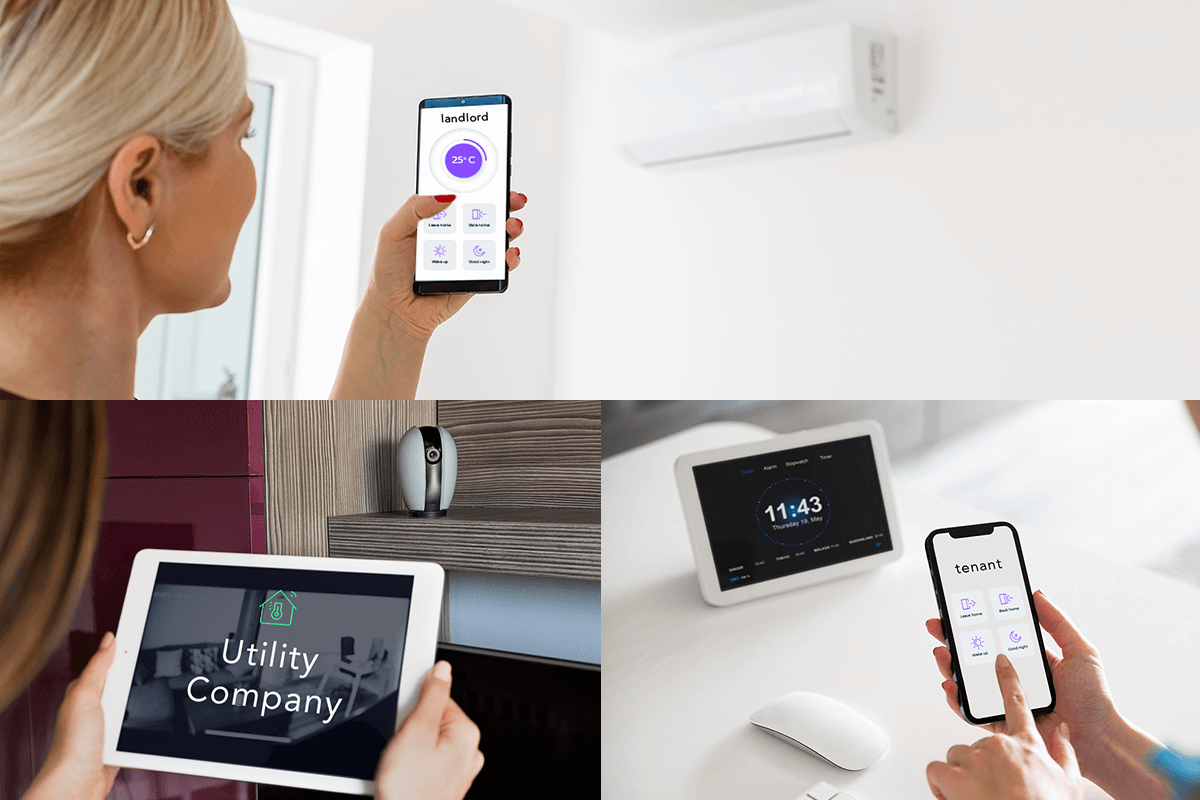
Using IoT analytics, all the users of a sustainable home can receive up-to-date data regarding the current situation with the resources consumption and historical data. It is also possible to convert to a suitable form, such as money spending.
Smart Building is the Basis of a Smart City
The concepts of “ a smart building” and a “smart city” are interconnected: the second is impossible without the first.
What is a smart city? In simple words, this is the interaction between the city and its inhabitants based on the most modern technologies. It is based on the Internet of Things – a technology that allows some things or systems to “communicate” with each other. For example, in Barcelona, special sensors show free parking spaces, which helps to unload traffic. And in Amsterdam, sensors on garbage cans signal when they are full.
For a smart city to function, the system needs data. Lots of data. In cities, sensors are installed to monitor free parking spaces, air conditions, and monitor the use of electricity or water. But each comfortable and smart city starts with a safe and effective home.
PEOPLE ALSO READ

WhTech-WMS: Warehouse Management Software
With WhTech-WMS you can manage access and always know the location of your assets. It allows you to create custom reports and keep an eye on real-time alerts due to crashes or emergencies which gives you the opportunity to always monitor and understand the status of your equipment.

Police Records Management System For Caribbean Countries
Softengi designed, built, and installed the Police Records Management Information System (PRMIS) for the Caribbean region.

Industrial Asset Tracking: IoT Solution on Guard of Coal Mines
Softengi developed an IoT system that retrofits mining facilities with real-time underground tracking, automated dynamic gas detection, advanced connectivity, and alarm.

